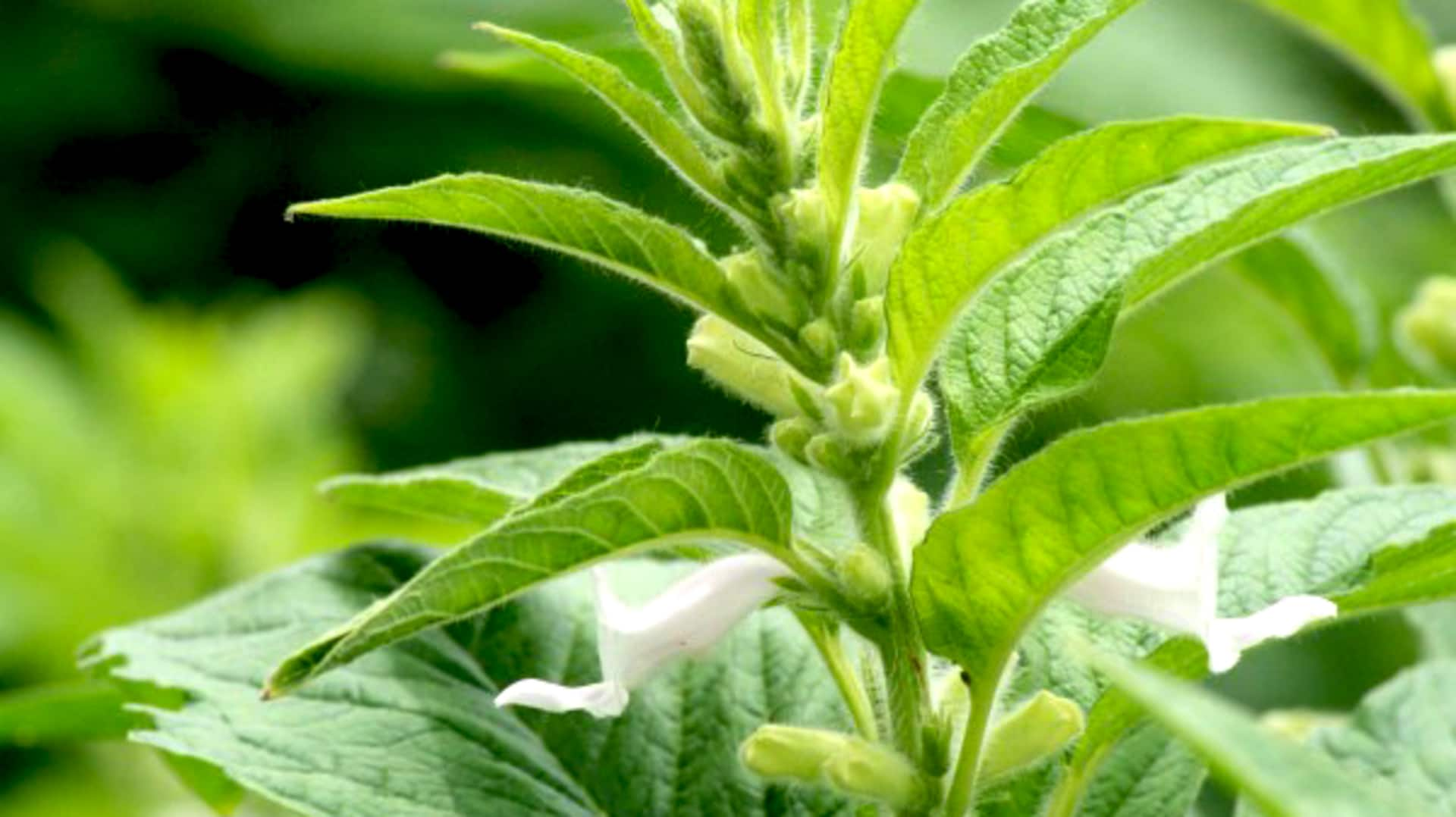
How to grow sesame plant at home
What's the story
If you're interested in growing your own seeds, growing sesame plants indoors can be a rewarding experience. The plants are extremely resilient and can flourish under a variety of conditions, making them ideal for an indoor garden. With a little bit of care and attention, you can have fresh sesame seeds straight from your home garden. Here are some practical insights into growing sesame plants indoors successfully, ensuring a healthy and productive yield.
Container selection
Choosing the right container
Selecting the right container is extremely important to grow sesame plants indoors. Choose containers that are a minimum of 12 inches deep to accommodate the plant's root system. Make sure the container has drainage holes to avoid waterlogging, which may damage the plant. A well-draining potting mix will further facilitate healthy growth by allowing excess water to escape easily.
Light requirements
Providing adequate light
Sesame plants need plenty of sunlight, preferably six to eight hours of direct sunlight every day, to thrive. Place your containers near south-facing windows so that they receive maximum light exposure. In case of inadequate natural light, you can use grow lights as an alternative source of illumination to provide adequate light to your plants throughout their growth cycle.
Watering guidelines
Watering and humidity needs
Proper watering is the key to healthy indoor sesame plants. Water the plants when the top inch of soil feels dry, but don't overwater as it may rot the roots. Keeping moderate humidity levels between 40% and 50% will also do these plants good. Using a humidifier or keeping a tray of water nearby can help create this environment.
Fertilization tips
Fertilizing your sesame plants
To encourage healthy growth, fertilize your sesame plants every four weeks with a balanced liquid fertilizer diluted as per package instructions. This will give them essential nutrients required at various stages of growth without overpowering them with too many nutrients which could do more harm than good.
Pest control
Monitoring pests and diseases
Regularly check your sesame plants for signs of pests like aphids or spider mites, which are common in indoor places. Use insecticidal soap or neem oil spray if infestations occur, while ensuring proper air circulation around each plant by spacing them adequately apart from one another within their containers or trays used during the cultivation process indoors at home gardens alike.